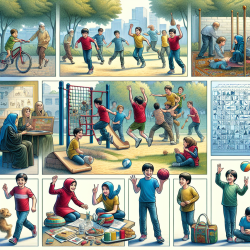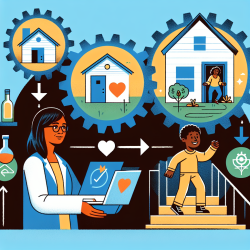Understanding the Cultural Context in Physical Literacy Development
The recent study titled "The role of the cultural environment in the development of physical literacy and physical activity of Iranian children" offers invaluable insights into how socio-cultural factors influence children's physical literacy (PL) and physical activity (PA). This research emphasizes the importance of considering ecological contexts in developing effective interventions for enhancing children's physical and mental well-being.
Key Findings from the Study
The study involved 270 Iranian children aged 8 to 12, using tools like the Canadian Assessment of Physical Literacy 2 (CAPL-2) and the International Physical Activity Survey. The results highlighted several critical factors:
- Geographic Location: Children from the west and east of Iran exhibited higher PL and PA scores compared to those from central, southern, and northwestern regions.
- Place of Residence: Children living in villages scored higher in PL and PA than those in suburban and downtown areas.
- Gender Differences: Boys generally scored higher than girls in PL and PA, indicating potential cultural and social barriers for girls in engaging in physical activities.
Implications for Practitioners
For practitioners in speech language pathology and related fields, these findings underscore the importance of integrating cultural awareness into therapy and educational programs. Here are some actionable insights:
- Tailor Interventions: Customize physical education programs to reflect the cultural and geographical context of the children. This can enhance engagement and effectiveness.
- Encourage Inclusive Practices: Address gender disparities by promoting activities that are accessible and appealing to both boys and girls, ensuring equal opportunities for all children.
- Collaborate with Communities: Work with local communities to understand cultural norms and leverage community resources to support children's physical development.
Encouraging Further Research
While this study provides a foundation, it also highlights the need for further research into the cultural determinants of physical literacy. Practitioners are encouraged to explore these dynamics in different cultural settings and contribute to a growing body of knowledge that can inform policy and practice.
Conclusion
By understanding and integrating cultural factors into physical literacy programs, practitioners can significantly enhance the outcomes for children. This approach not only supports physical development but also fosters a holistic sense of well-being and confidence in children.
To read the original research paper, please follow this link: The role of the cultural environment in the development of physical literacy and physical activity of Iranian children.










